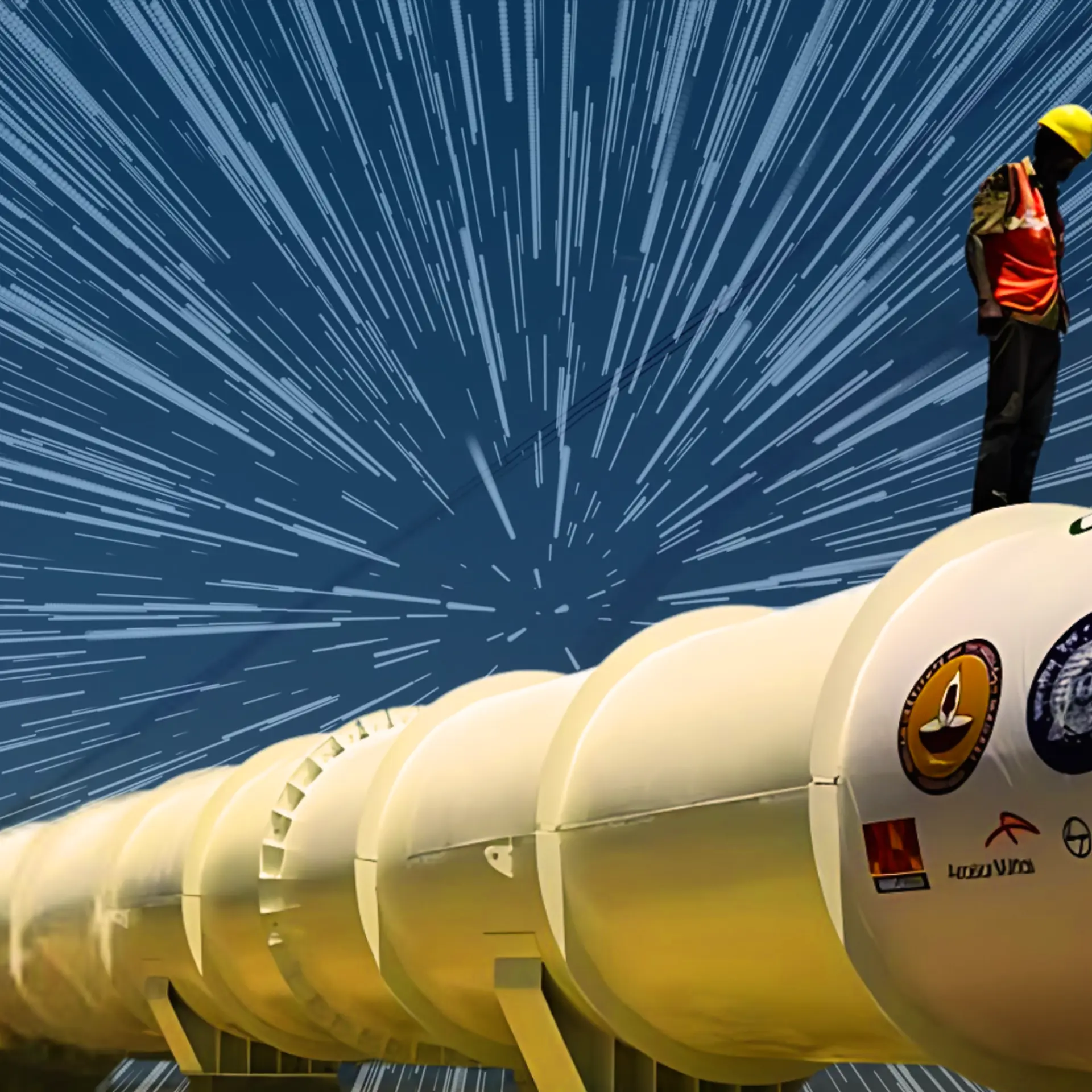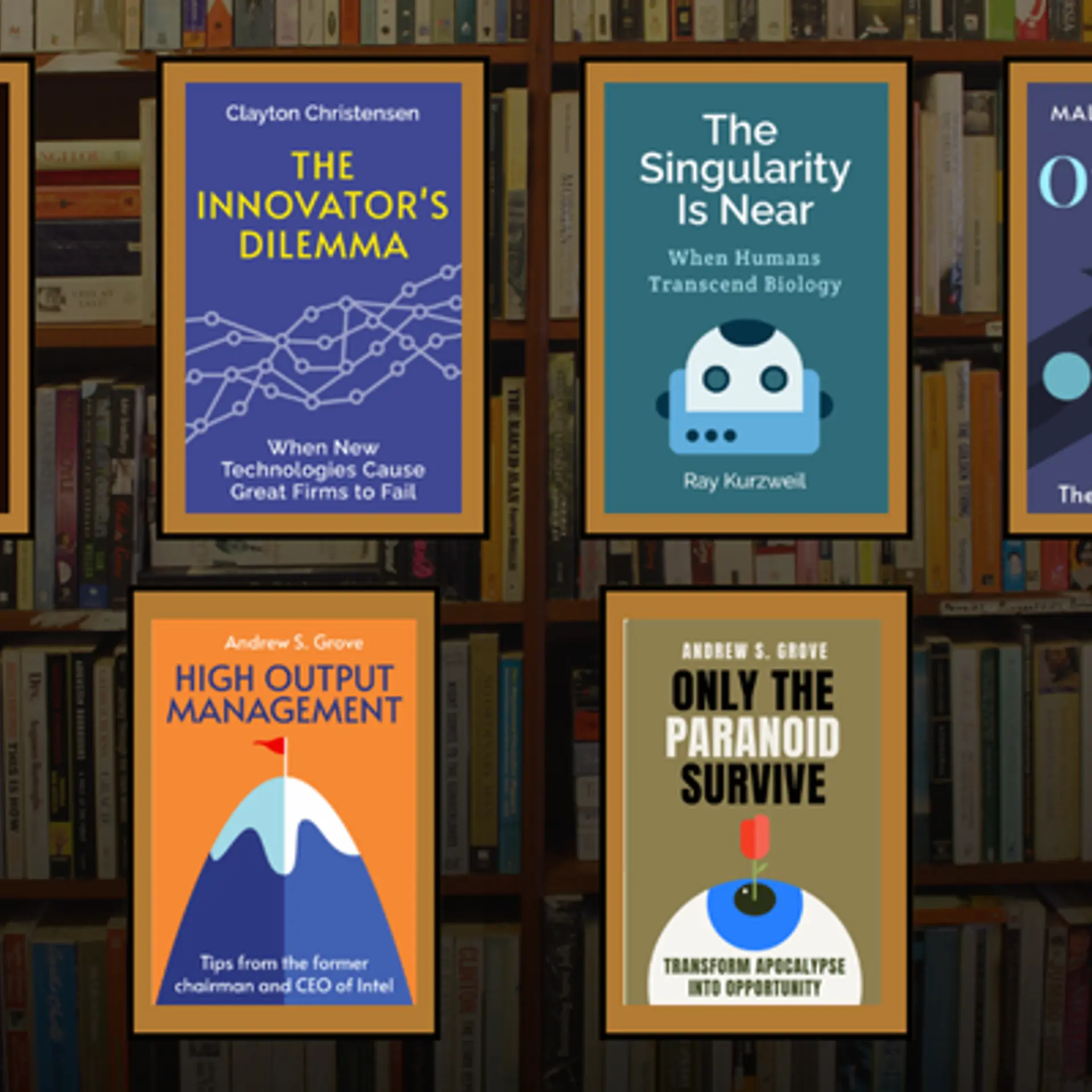Three challenges to jump-start creativity
Thought leaders, Tom Kelley and David Kelley, have some excellent advice for entrepreneurs, executives, and students looking for ways to unleash their creativity. In a detailed article in Harvard Business Review Blog, they spell out three creativity challenges, which they say, would give you a good start. Their top recommendation, which is mentioned in their new book, Creative Confidence: Unleashing the Creative Potential Within Us All, is: "Practise being creative. The more you do it, the easier it gets."
Tom Kelley is the general manager of IDEO and an executive fellow at UC Berkeley’s Haas School of Business. David Kelley is the founder and chairman of IDEO and the founder of the Hasso Plattner Institute of Design at Stanford, where he is the Donald W. Whittier Professor in Mechanical Engineering.
“People often ask us how they can become more creative. Through our work at the global design and innovation firm IDEO and David’s work at Stanford University’s d.school, we’ve helped thousands of executives and students develop breakthrough ideas and products, from Apple’s first computer mouse to next-generation surgical tools for Medtronic to fresh brand strategies for the North Face in China,” the authors say in the article.

1. The first challenge they mention is about pushing yourself to think divergently. For this, they recommend mindmaps. They say mindmaps are “a powerful way to overcome fear of the blank page, look for patterns, explore a subject, come up with truly innovative ideas, record their evolution so you can trace back in search of new insights, and communicate your thought processes to others.”
They give a step-by-step account on how to develop a mindmap and use it in a solo-activity that would most likely take around 15 minutes.
2. Next is a technique called 30 Circles exercise, which would help jump-start an ideation session. It can be done alone or in groups.
3. The final challenge in the article is to draw a empathy map, which will help you learn from observing human behavior. This is a four-quadrant map with “say”, “do”, “think” and “feel” sections. You will have to fill up key observations from the field under each of these sections to figure out insights and conclusions.
The authors have developed ten such powerful techniques and have elaborated on those in their latest book. So, those of you racking your brains to unlock latent creativity, here is the route to it.
More on http://blogs.hbr.org







